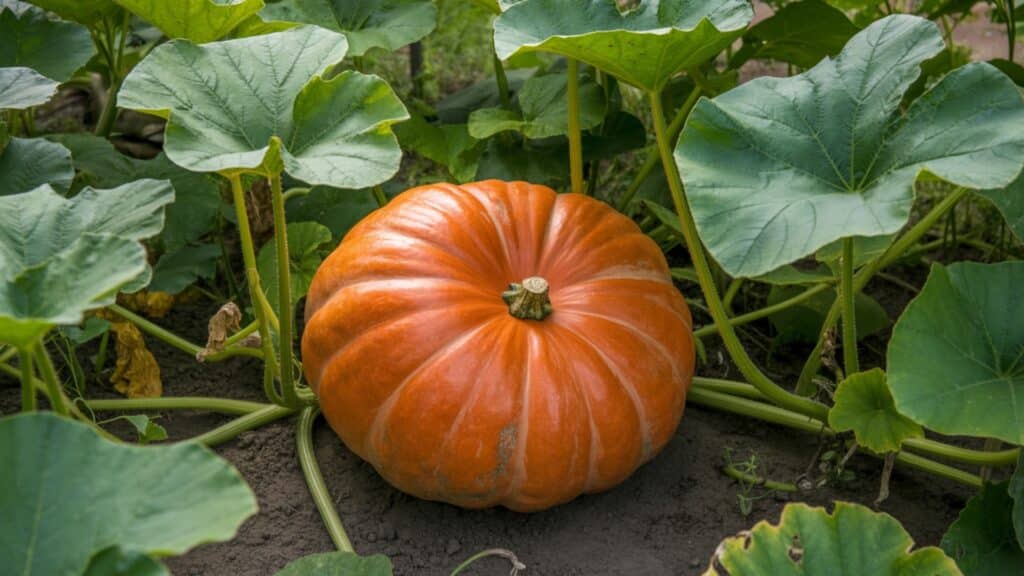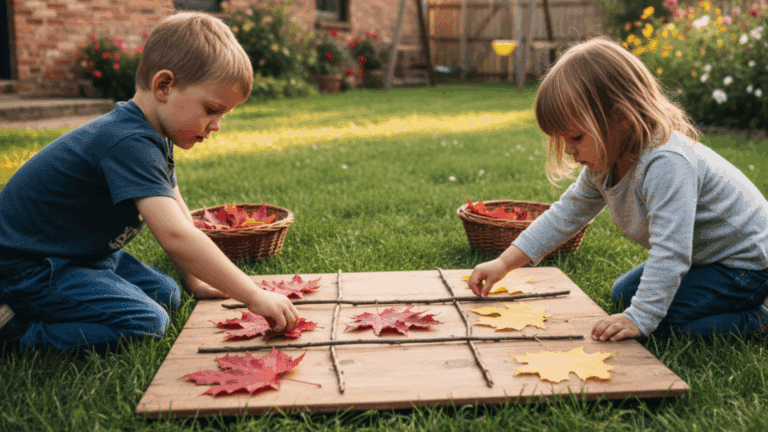Many gardeners think growing pumpkins is too complicated for beginners. But the truth is, understanding how these orange giants grow can be surprisingly simple once you know the basics.
Learning about the pumpkin’s life cycle can help anyone grow healthier, bigger pumpkins while avoiding common mistakes that kill plants early.
This blog breaks down every step from tiny seed to full harvest so that anyone can grow pumpkins successfully.
Understanding the Pumpkin Life Cycle
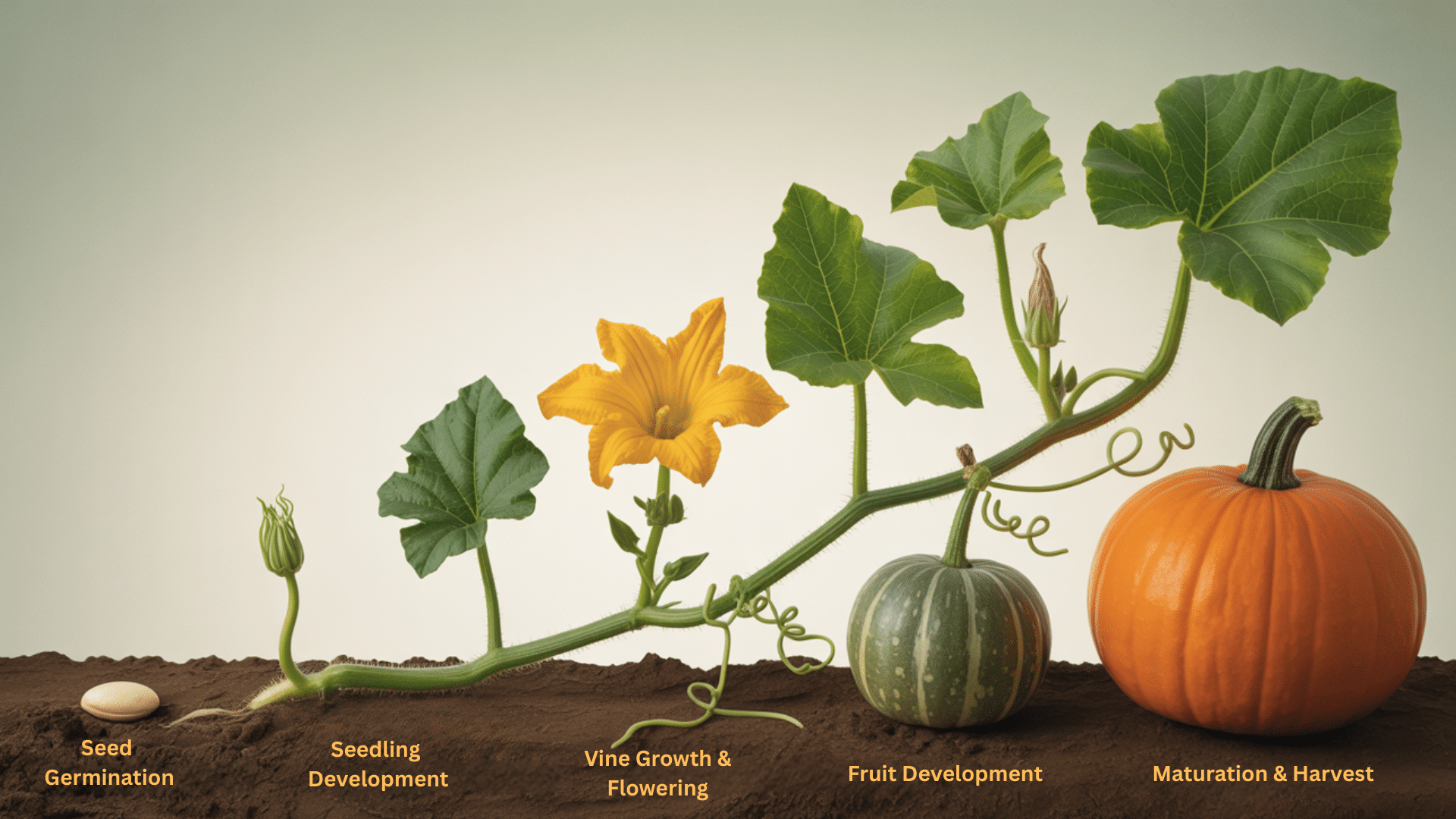
Knowing how pumpkins grow saves gardeners from costly mistakes and disappointment. Most people plant seeds too early or too late, then wonder why their plants die or produce tiny pumpkins.
Understanding the pumpkin life cycle helps gardeners spot problems before they become serious. A yellow leaf might mean nothing in one stage but signal disease in another.
Smart timing leads to better harvests:
- Better planning – Know exactly when to plant, water, and fertilize
- Fewer plant deaths – Avoid common timing mistakes that kill seedlings
- Bigger pumpkins – Provide the right care at the right moments
- Weather adaptation – Adjust planting dates based on local climate
- Problem prevention – Catch issues early before they ruin crops
Each growth phase has different needs. Seedlings need gentle care and protection. Flowering plants need more space and nutrients. Mature pumpkins need less water but more support. Getting these details wrong means smaller harvests or complete crop failure.
Key Stages in the Life of a Pumpkin
The pumpkin life cycle follows six main stages that take gardeners from planting to harvest. Each stage brings different changes and challenges that affect the final crop.
Understanding these phases helps growers provide the right care at the right time. These stages show what happens during each important phase of growth.
Stage 1: Seed Germination
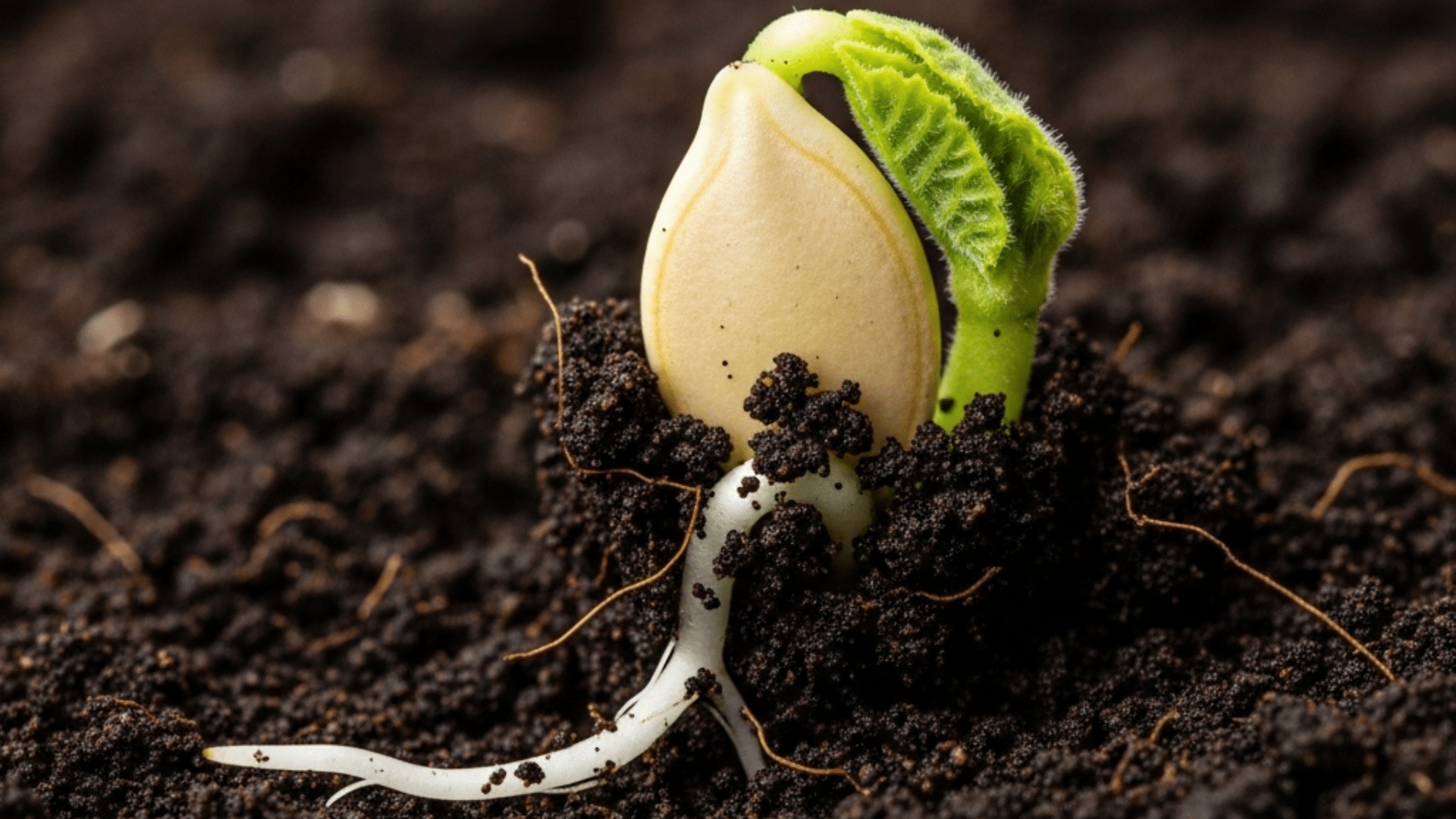
Seeds wake up when soil temperature reaches about 65°F and stays warm consistently. The outer shell softens as water soaks through, allowing the tiny plant inside to start growing.
First, a small white root pokes out and grows downward, then a green shoot pushes upward. This stage takes 7 to 10 days and needs consistent moisture without overwatering.
Stage 2: Seedling Development
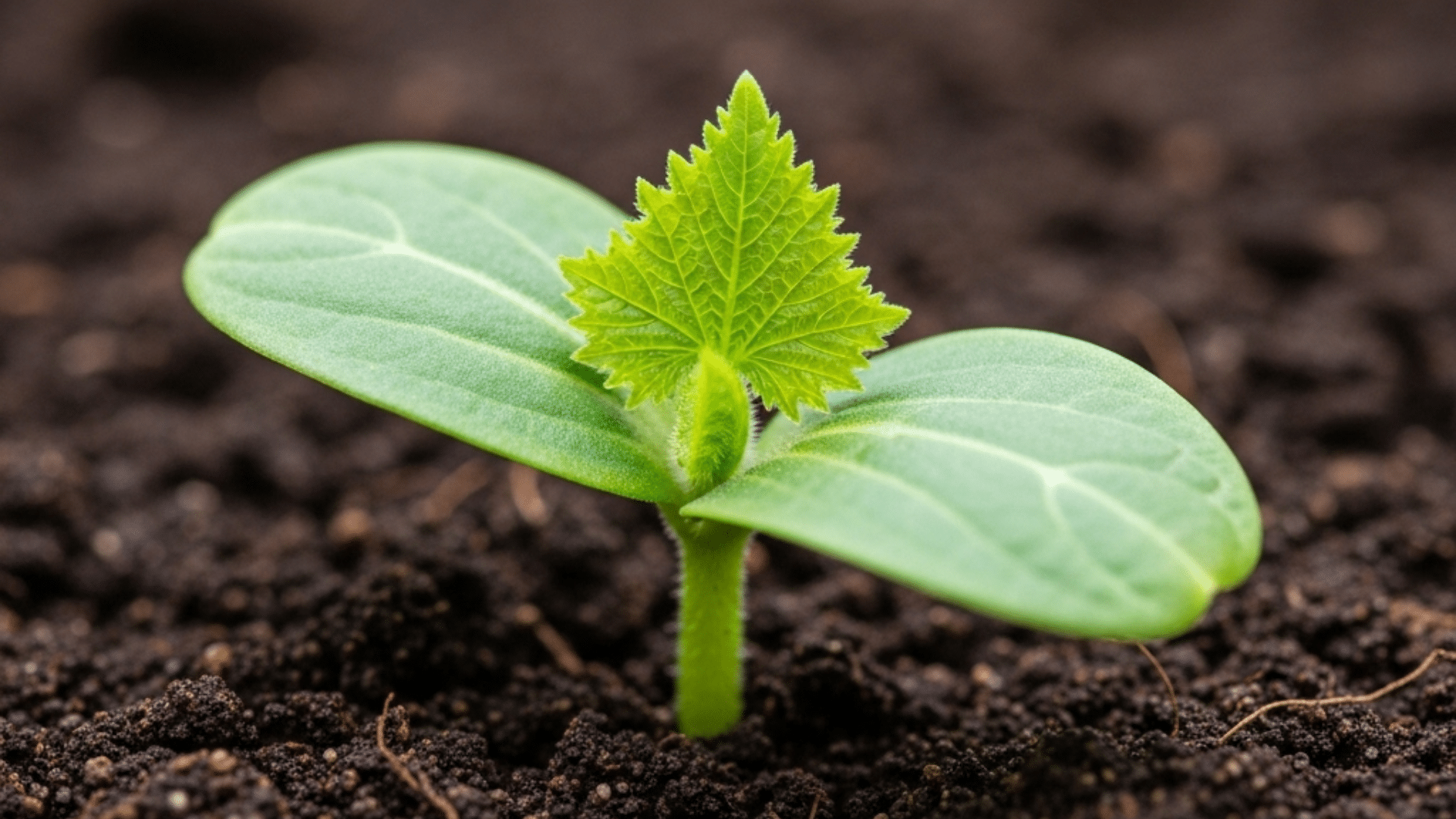
Young plants develop their first true leaves after the initial seed leaves appear. These early leaves help the plant gather energy while the root system grows stronger and spreads wider.
Seedlings are very tender and need protection from wind, pests, and temperature changes. This phase lasts about 2 to 3 weeks and requires gentle watering and careful attention.
Stage 3: Vine Growth
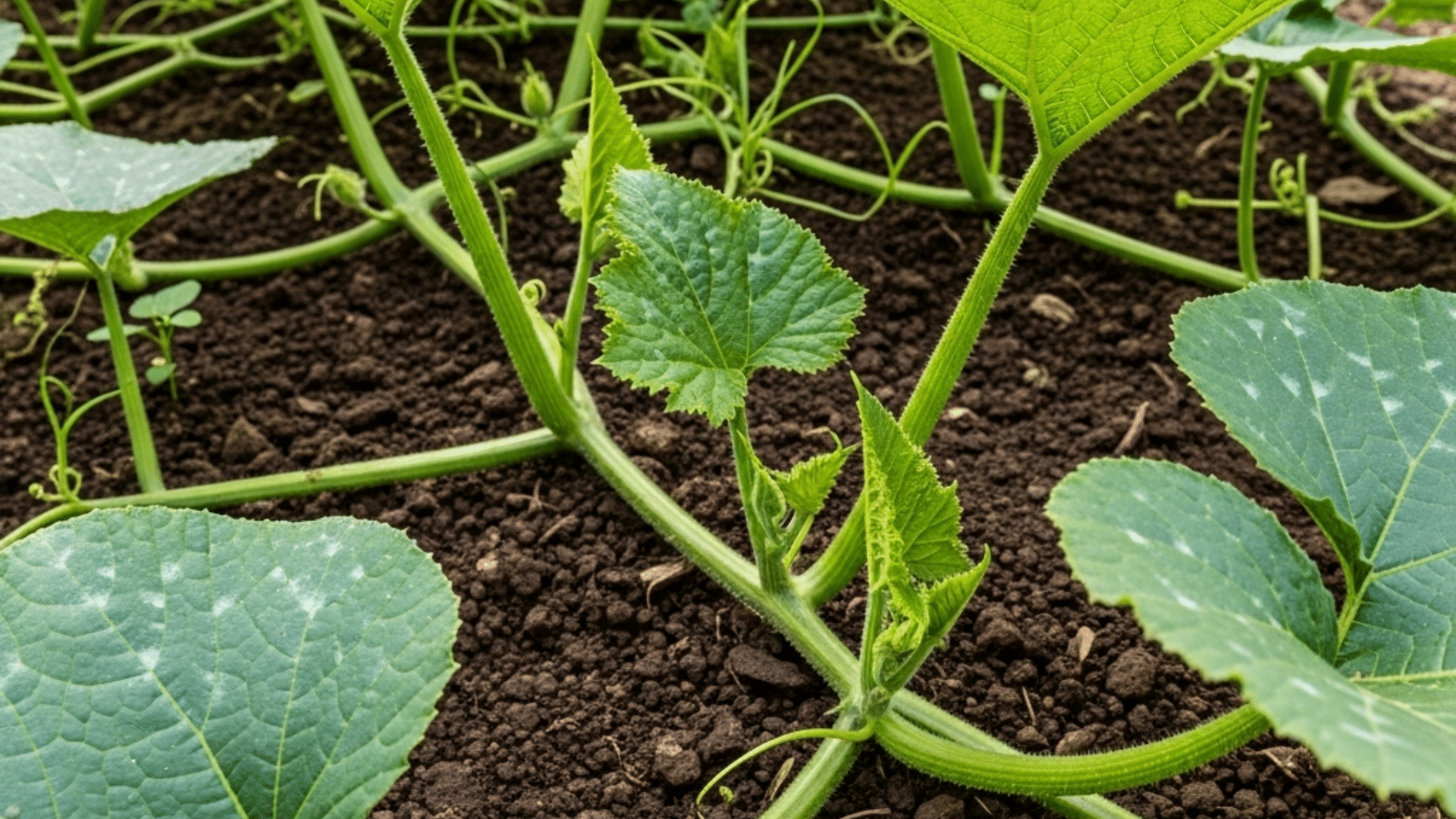
Plants start producing long, trailing vines that can spread 10 to 20 feet in all directions. Large, broad leaves develop along these vines to capture maximum sunlight for energy.
The root system expands to support the growing plant and future fruit development. This vegetative growth stage lasts 4 to 6 weeks and requires regular watering and plenty of space.
Stage 4: Flowering
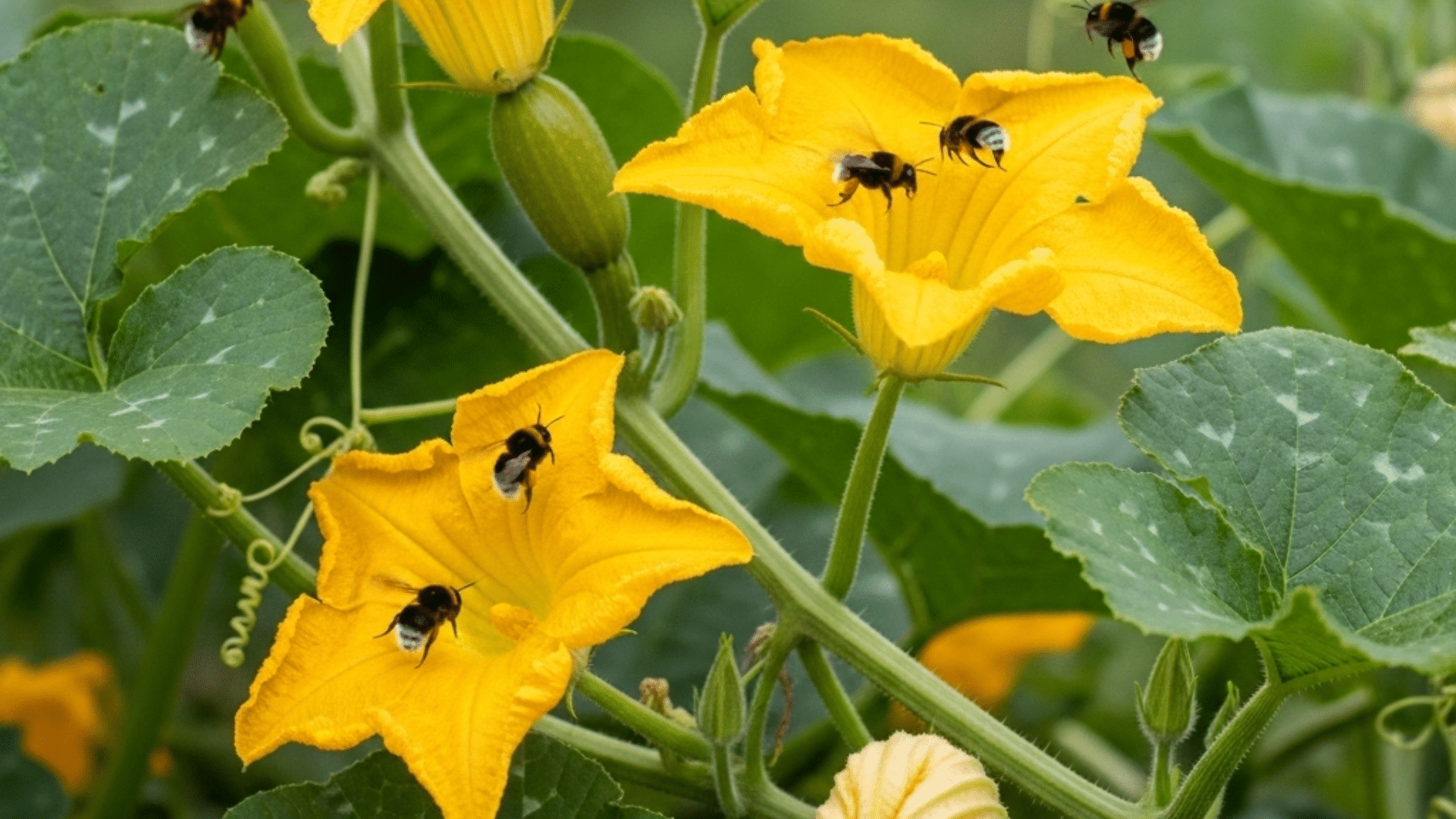
Both male and female flowers appear on the same plant, with male flowers showing up first. Male flowers produce pollen while female flowers have small bulges that will become pumpkins.
Bees move pollen between flowers, making fruit development possible through proper pollination. This flowering period lasts several weeks and requires good weather for successful fruit set.
Stage 5: Fruit Development
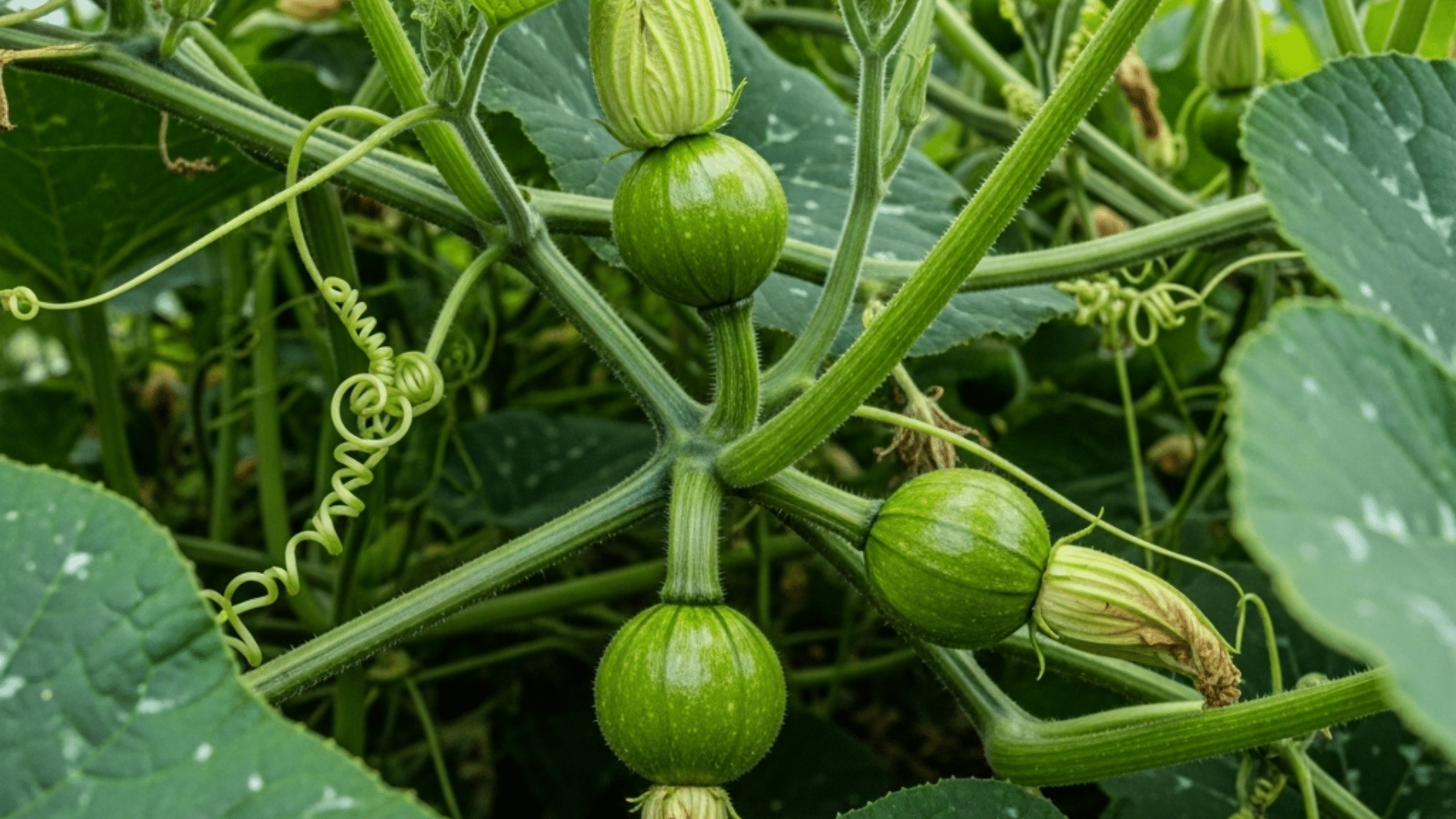
Successfully pollinated female flowers begin growing into small pumpkins within days after pollination. These tiny fruits grow rapidly, doubling in size every few days during peak season.
The plant sends most energy to developing fruits, so vine growth slows down significantly. This stage takes 45 to 55 days and requires consistent watering and pest protection.
Stage 6: Maturation and Harvest
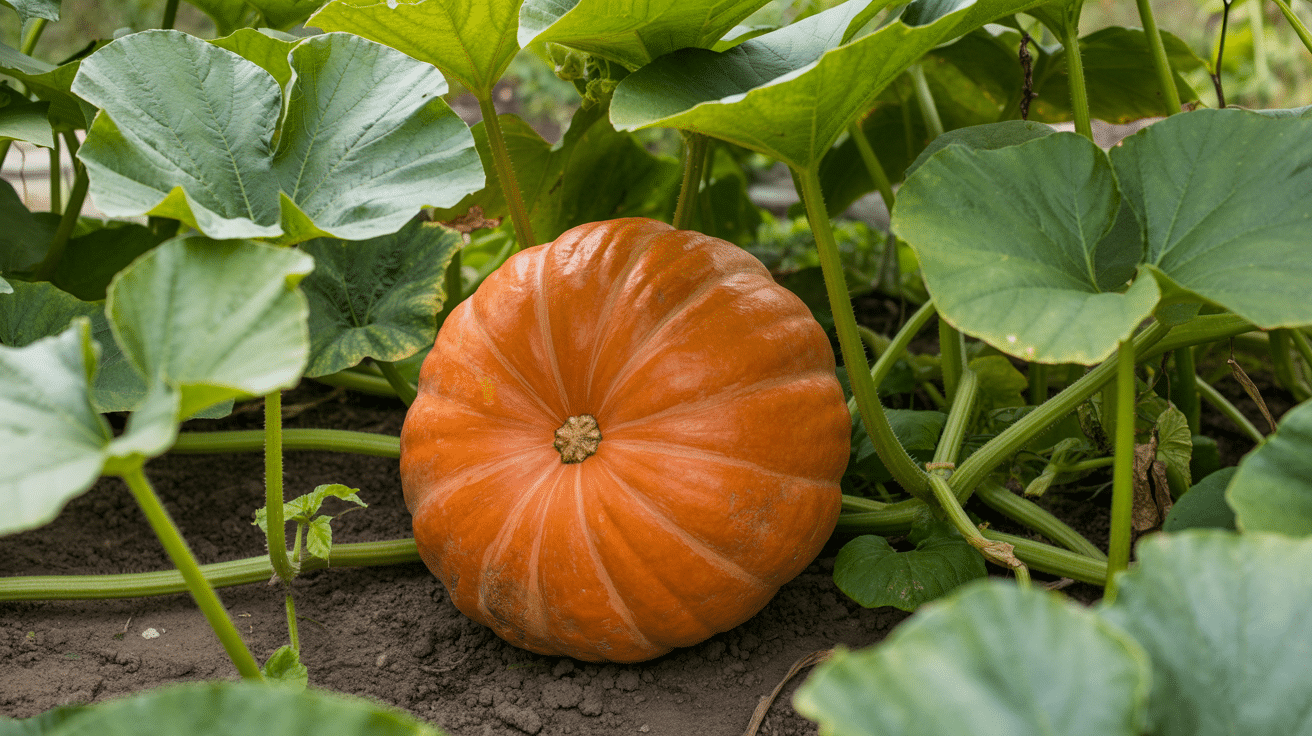
Mature pumpkins develop a hard rind that resists fingernail pressure when pressed. The stem begins to dry out and turn brown, signaling readiness for harvest.
Pumpkins should sound hollow when tapped and have reached their expected size and color. Harvest usually happens 90 to 120 days after planting, depending on variety and growing conditions.
Fun Pumpkin Life Cycle Activities for Kids
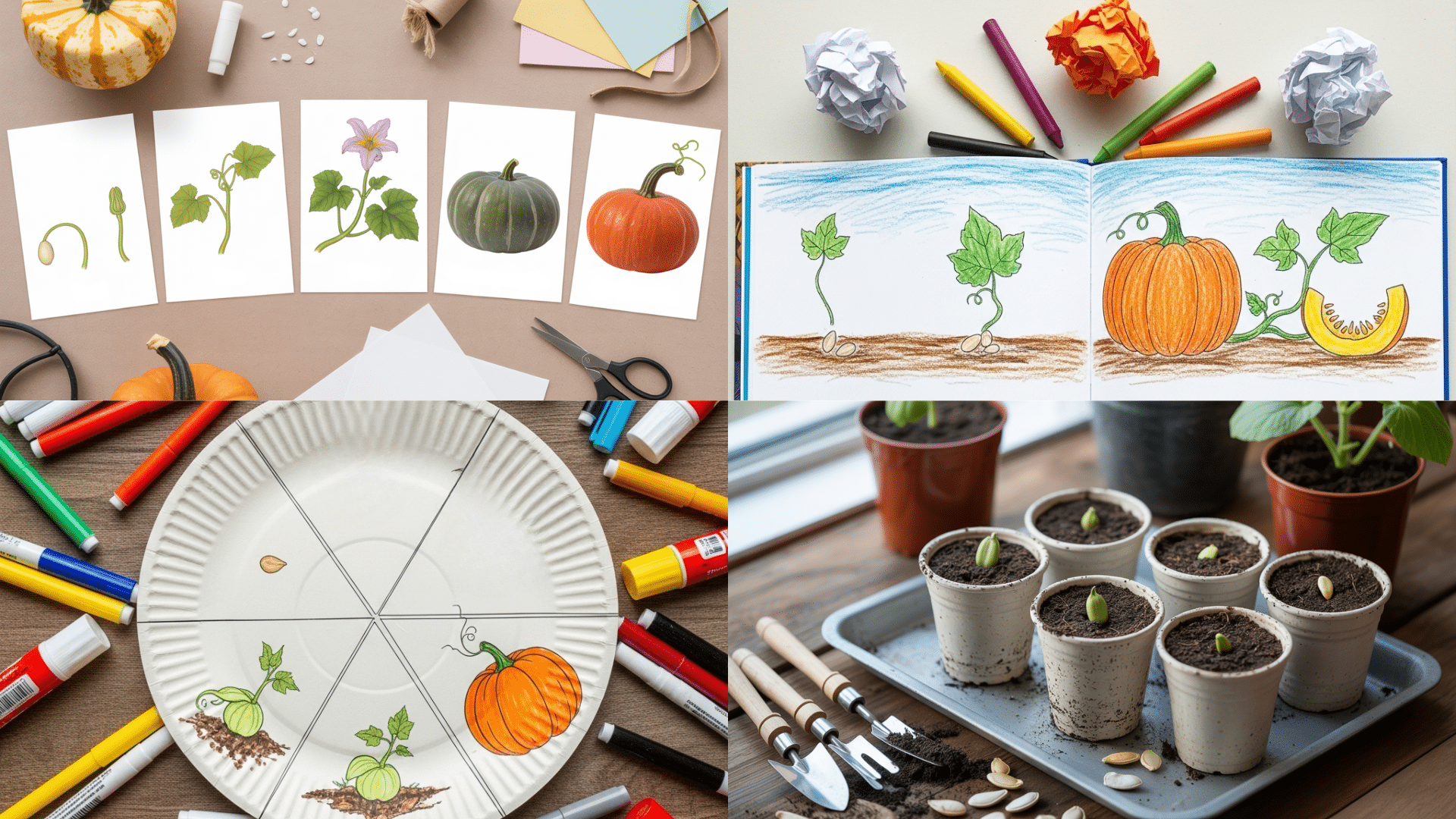
Understanding the life cycle of a pumpkin becomes an unforgettable lesson when kids engage in interactive and imaginative activities.
These hands-on experiences help them understand how a pumpkin grows, while keeping learning fun and meaningful.
1. Pumpkin Growth Sequencing Cards
Children use illustrated cards to arrange the stages of pumpkin growth from seed to harvest. This engaging activity strengthens visual recognition and reinforces scientific sequencing.
- Materials needed: Picture cards, glue, paper
- Ideal age group: Ages 4 to 8
- Learning outcome: Understand growth stages
2. Seed-to-Pumpkin Storybook
Young learners create their own illustrated storybook narrating the quest of a pumpkin from seed to ripe fruit. It encourages creativity and helps reinforce their understanding of each stage.
- Materials needed: Paper, crayons, stapler
- Ideal age group: Ages 5 to 9
- Learning outcome: Strengthen sequencing skills
3. Pumpkin Planting Simulation
Children simulate early pumpkin growth by planting seeds in small cups. Observing the sprouting process helps develop responsibility and curiosity about plant life.
- Materials needed: Seeds, cups, soil
- Ideal age group: Ages 6 to 10
- Learning outcome: Experience germination
4. Pumpkin Parts Labeling Activity
Kids label diagrams of the pumpkin and its plant parts using word cards or stickers. This activity supports vocabulary development and visual learning.
- Materials needed: Diagrams, labels, stickers
- Ideal age group: Ages 4 to 7
- Learning outcome: Learn vocabulary of growth
5. Sensory Pumpkin Exploration
Children explore real pumpkins by touching the rind, scooping out seeds, and examining textures. This hands-on experience enhances their connection to the plant world.
- Materials needed: Fresh pumpkins, spoons, trays
- Ideal age group: Ages 3 to 8
- Learning outcome: Connect real-life objects to learning
Summing It Up
Growing pumpkins successfully becomes much easier when gardeners understand each stage of development.
The six phases of the pumpkin life cycle provide a clear roadmap from seed to harvest, helping growers make better decisions throughout the season.
The hands-on activities shared here also make learning about plant growth fun and memorable for children.
Understanding these natural processes builds confidence and leads to more rewarding gardening experiences with bigger, better pumpkins every season.


